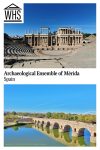Archaeological Ensemble of Mérida
By Cassie
What is the Archaeological Ensemble of Mérida?
The small Spanish city of Mérida in Extremadura is home to the Mérida Archaeological Ensemble that is a UNESCO World Heritage site.
The Roman colony of August Emerita was founded on the site of modern day Mérida in 25 BCE, as the capital of Lusitania, the westernmost province of the Roman Empire. The site includes a Roman bridge over the River Guadiana, an amphitheatre, a theatre, a circus and other Roman buildings.
Disclosure: This article contains affiliate links. Making a purchase through an affiliate link will mean a small commission for this website. This will not affect your price.
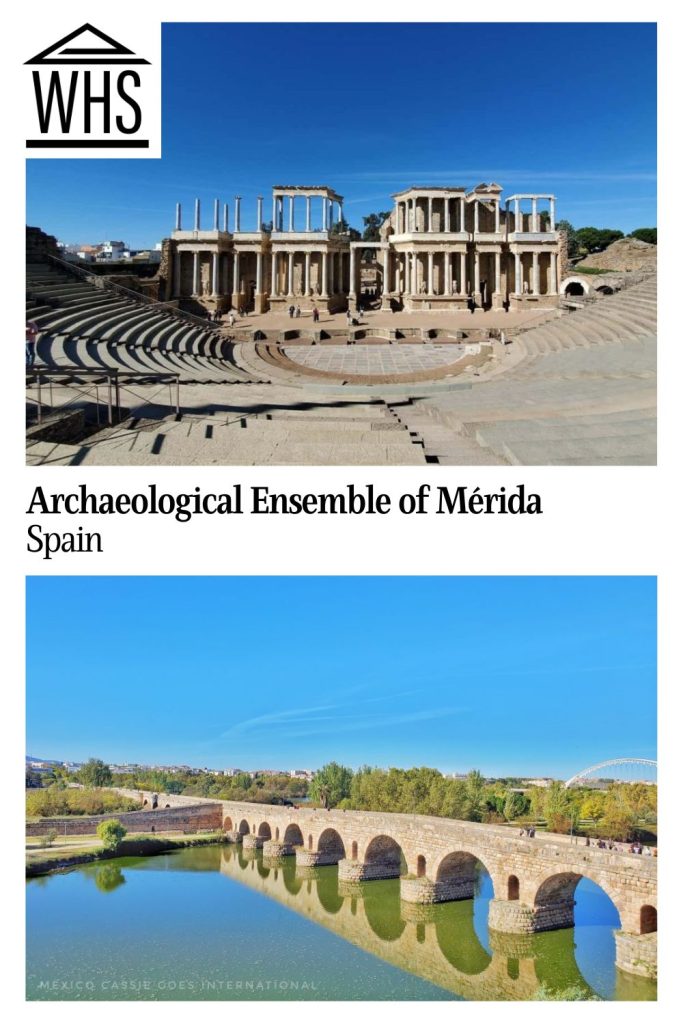
Why is Mérida a UNESCO World Heritage site?
Mérida is a UNESCO World Heritage site thanks to the incredible state of preservation of the numerous Roman buildings from the city of August Emerita. “The remarkable conditions of the Archaeological Ensemble of Mérida allow the property to serve as a learning ground, with vast remains from Roman times and from the development of the city in subsequent times that illustrate the evolution of a European city over a 2000-year period.”
There are twenty-two parts to the UNESCO site, including buildings for entertainment, government, religion, private homes and more. The aqueducts and other water management systems are in an excellent state of conservation and are among the best examples remaining to us from the Roman era. The city also exemplifies Roman urban design and Roman public buildings.
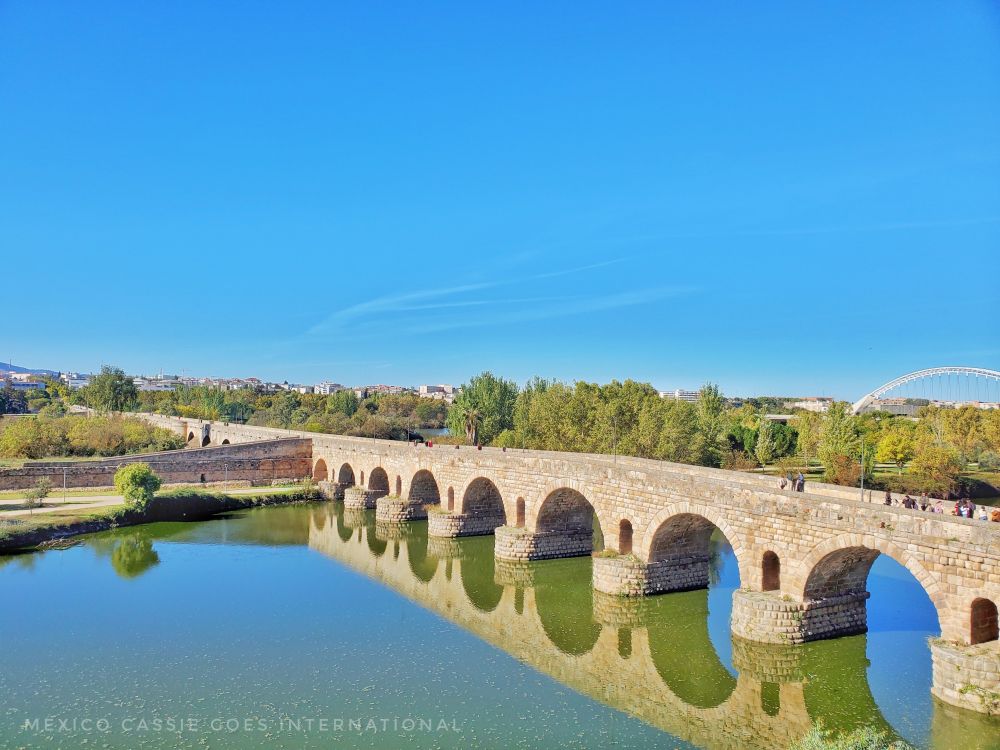
It’s worth mentioning that Mérida was also a royal base for both the Suebi and the Visigoths and was a border capital of Al-Andalus when much of Spain was under Moorish rule.
What can you expect on a visit to Mérida?
If you’re interested in Roman ruins there is nothing like a trip to Mérida. From the enormous circus (used for chariot racing), the amphitheatre and neighbouring theatre, to the fabulous examples of private homes and the wonderful (and free) museum, there is nowhere like Mérida.
I visited with my kids for a chilly winter weekend and we spent our entire trip marvelling at the ruins. We particularly loved visiting Casa Mitrea, which is the biggest remaining Roman house in Europe, and the kids loved running around the circus. The remains of the aqueduct, although not Segovia sized, are absolutely gorgeous, particularly at dusk.
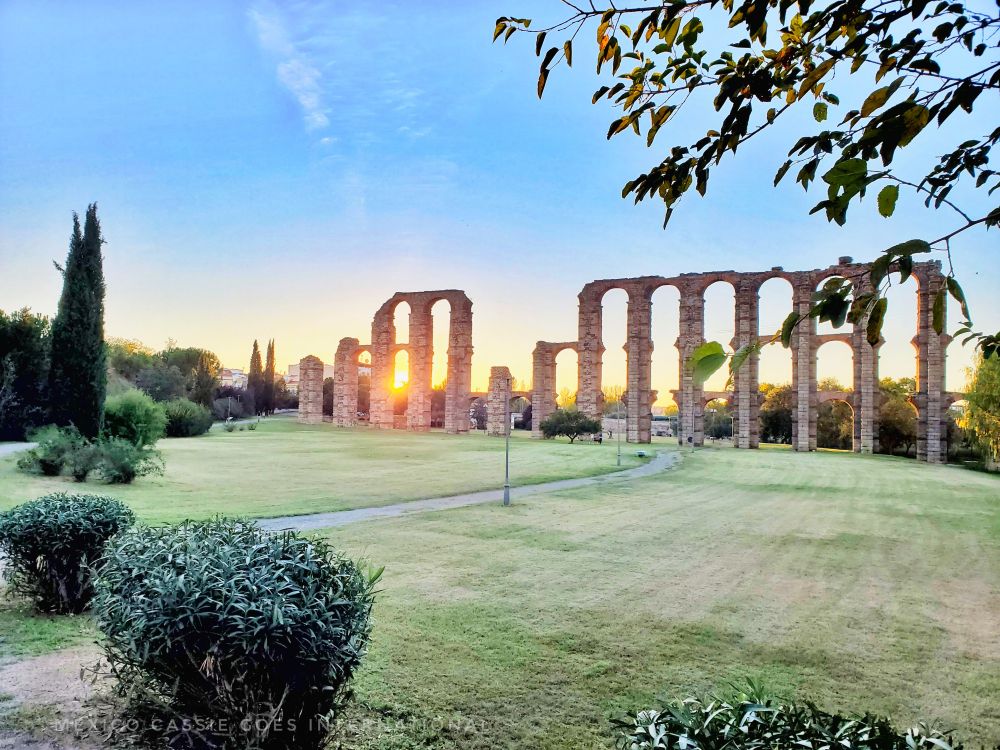
Is the Archaeological Ensemble of Mérida worth visiting?
Mérida is a gorgeous city in which to spend a few days. The Roman ruins are breathtaking and the modern city is a delight to explore. There are wonderful restaurants in Mérida. And don’t forget to stop in the main plaza for an evening drink or two with locals.
Use the map below to compare accommodations in Mérida:
What sorts of travelers would like Mérida?
Anyone who is interested in history will fall in love with Mérida. We visited with our kids when they were ten and eight and they loved seeing the Roman ruins, particularly the mosaics in the houses and the circus where they could run around.
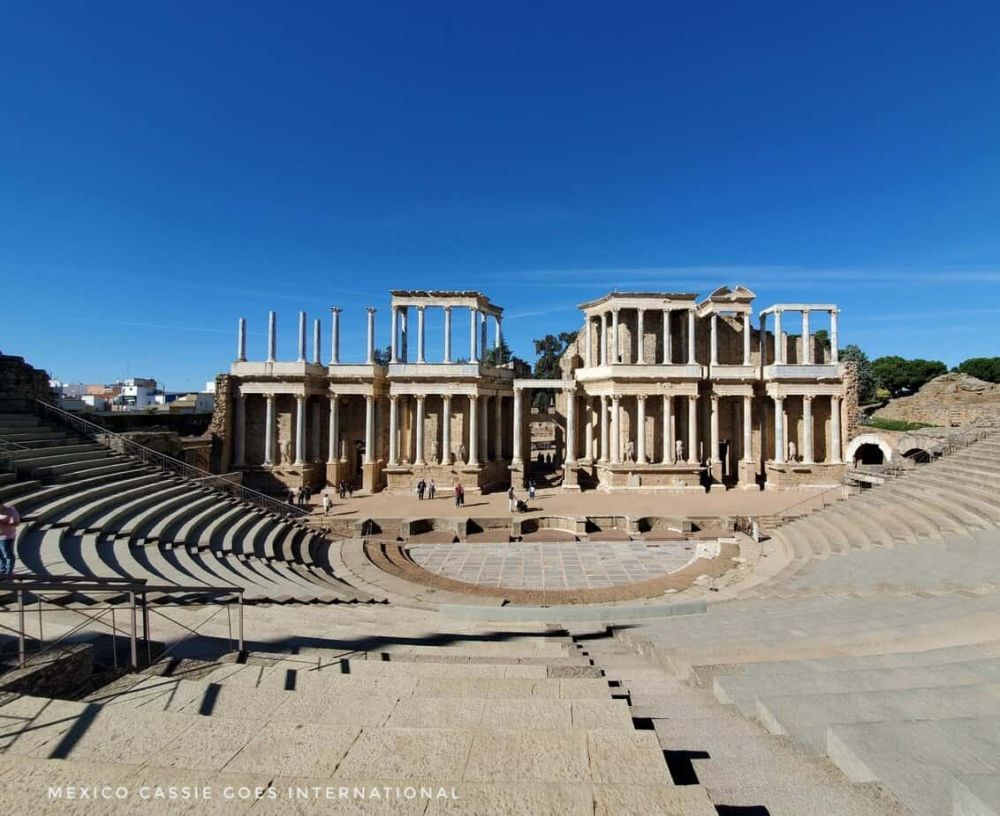
Tips for visiting Mérida archaeological site
Mérida is hot in summer and cold in winter. We had to nip to Carrefour to buy extra layers when we visited in November as we hadn’t realised how cold it was going to be. Take the correct clothing and go prepared for walking as there’s a lot to see!
There are many more UNESCO sites in Spain, so take a look at them as you plan your trip.
Download an e-ticket and audio guide ahead of your visit. Or take a night walking tour or a private tour focusing on the Roman theatre.
If you like Roman ruins, there are many UNESCO sites that involve traces of Ancient Rome. Try Villa Romana del Casale and Villa Adriana in Italy, Pont du Gard or Arles in France, Baalbek in Lebanon, or Trier in Germany, for a start.
Where is Mérida?
Mérida is a small town in the Extremadura province of Badajoz.
By car: From Sevilla, it’s a 2-hour trip by car. From Madrid it’ll take 3 hours and 15 minutes.
Compare rental car prices here.
By public transportation: There is a direct train from Madrid Atocha to Mérida that takes just over 4 hours. Direct buses from Sevilla take 2 hours and 10 minutes. They leave from Plaza de Armas station.
For more information about the Archaeological Ensemble of Mérida, its opening hours and admission fees, see Visit Spain’s official website.
Have you been to Mérida? If so, do you have any additional information or advice about this UNESCO World Heritage site? Please add your comments below!

